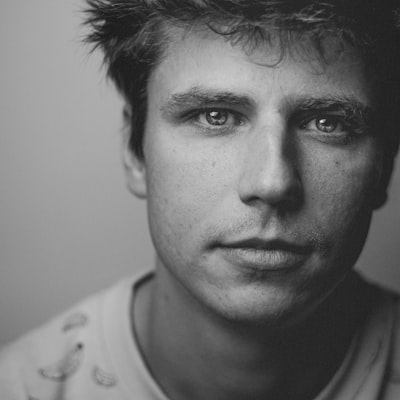'Minecraft' Looks Like A Completely New Game Using NVIDIA's RTX Ray Tracing

When you think of Minecraft, you probably imagine blocksy graphics and simple textures. The beta launch of ray tracing support on NVIDIA's RTX graphics cards has turned it into a completely new game. Ray tracing lets you create more realistic lighting, reflections, and shadows. It's like jumping from shaky VHS tapes into HD.
Although I'm forced to admit that I haven't had the time to spend much time with Minecraft, I do respect it as a fun tool for kids. Partly because I didn't have the patience to play a large, unstructured game. In addition, I just didn’t like the way it looked. If you plan on spending hours in a virtual environment aesthetics are vital. This is why I didn't like World of Warcraft. Ray tracing makes Minecraft more immersive.
The difference is apparent the first time you load one of the six environments in NVIDIA's Ray Tracing Worlds Pack. All six environments were designed by master Minecraft builders. When I first started Aquatic Adventure, I was gobsmacked by the water reflections and the transparency of crystal blocks. MY GAMES Similar visual effects are seen in high budget titles like Assassin's creed, but they always feel like an accurate representation of reality. While Minecraft's water blocks mirrored were flat and immobile it felt as if you were standing in front of a real lake.
The rays of sunlight also give the game an energizing glow. It's almost like feeling the sun on your face. These are "god rays," volumetric light scattering effects meant to mimic the way sunlight is reflected by clouds. While they may appear overused, such as the way J.J. Abrams is notorious for throwing lens flares on everything, seeing god rays deployed realistically using ray tracing techniques was simply stunning. It didn't matter if I was in the water or just looking at trees from above, the diffuse light looked so stunning I was awestruck that it was being rendered in real-time.
Although it might appear that I am over the moon with the gorgeous graphics after spending hours playing this Minecraft beta, I am more enthusiastic than ever about the possible impact of ray-tracing on the way we play games. Recent titles like Remedy's Control used ray tracing in a hybrid fashion, where it worked alongside traditional rendering techniques. We've seen ray tracing in full force using the Minecraft beta and NVIDIA's Quake 2 demo.
Ray tracing is similar to HDR in that it can add depth and texture to your images, regardless of whether it's rendered at 1080p or 4K. I find the rush to 4K to be a little naive. This is a lot of processing power used to process more pixels, though you might not always see a dramatic difference compared to 1,440p or 1080p -- especially from your couch. As monitors and TVs get faster refresh rates, I believe that gamers will place more importance on framerates as well as visible visual upgrades such as HDR and Ray Tracing over 4K rendering. (But of course, the goal is to meet all the benchmarks eventually.)
The most important thing I learned from the Minecraft RTX beta is: Realistic lighting is a huge benefit. It makes everything appear more real and immersive when light comes from where it needs to go, and when shadows react realistically, reflections appear like you'd expect. It's the difference between feeling like you're playing a game and feeling as if you're entering an actual virtual world.
Unfortunately Ray tracing is incredibly power hungry, and is not accessible to the majority of gamers. On my test rig that is powered by a Core i7 8700K CPU and an RTX 2080 Ti, Minecraft slows down to 53 FPS in 1080p when ray tracing is turned on. The effect is even worse on the less expensive RTX 2060. It's reduced to about 30 FPS, according to NVIDIA benchmarks. This is where the company's DLSS technology is in. It makes use of AI powered rendering to deliver better quality results from lower resolution images. When I turned it on, Minecraft was able to run at around 93FPS in 1080p. NVIDIA promises to give the struggling RTX 2060 GPU an additional 53FPS.
Performance is worse on RTX laptops which aren’t as powerful as their desktop counterparts. NVIDIA claims that an RTX 2080 Max-Q laptop, similar to Acer's Triton 500, will hit 57 FPS in Minecraft with ray tracing and DLSS enabled. Since it's the top of the line mobile GPU so you can expect things to be considerably slower for RTX 2060 and 2070 machines.
These limitations are the reason why I don't believe most games will go all-in on Ray Tracing any time in the near future. However, not in the same way as we've seen with Minecraft. I'd also bet the PlayStation 5 or Xbox Series X will face similar issues controlling the performance of ray tracing. It's enjoyable to see developers experiment with this new technology. Don't get caught up in the rush to 4K -- we'll judge the future games on how they implement graphics and ray tracing you'll actually notice.
